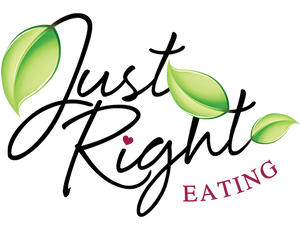KICK SOME FAT
The “fat-burning zone” was once regaled as the go-to method of exercise. Exercisers would jump on a stair climber and exercise for hours.
Nowadays, we demand results in less time whereas research has deemed this actually more beneficial for our goals – short period of time with high intensity intervals. We are burning more calories and creating and opportunity to burn fat long after the workout is over. Resistance training has also been recognized for its fat burning effectiveness, not necessarily a big calorie burn, but indirectly it affects the fat burning effect.
To explain, here is a brief explanation of the dynamics of the body’s physiological systems. When we create hypertrophy we are creating lean muscle mass, which, in turn requires more energy. We also create more blood and oxygen flow creating more fat burning ability.
A very unique theory called EPOC (excess post exercise oxygen consumption) is based on the body’s elevated oxygen requirements long after a workout. However, workouts need to be a certain level of intensity to elicit this effect. Sprints, HIIT, etc….you can manipulate different training variables to achieve this such as sequencing and type of exercises, training volume and training intensity.
You should use compound movement exercises as squats, lunges, plyo, Olympic lifts with proper, logical sequencing. For example jump lunges with a functional movement for active recovery such as decline crunch w. MB twist.
Volume is sets x reps x load. Manipulating volume for short periods of time can increase the burn by increasing hypertrophy, but it’s not something you want to continue indefinitely. You want to train at a low volume for a period of time to allow the body to recovery. You can tweak workouts by adding additional sets; keeping weight and reps the same, increase the weight and everything else stays the same, or increase reps and everything else stays the same.
Training intensity appears to be a significant contributor to fat burn by decreasing rest between sets. However these periods of intense training should be supplemented with sub maximal workouts or maximal workouts with longer rest periods. Not allowing the body to recover can have a negative effect on fat burning, well-being, and injury.
Training volume and intensity have an inverse relationship. You should not maintain a high training volume and a high intensity program simultaneously for a long period of time. An ideal program would be to have 4 weeks of high intensity training along with low volume training and vice versa.
The term periodization is what is considered the manipulation of volume and intensity, depending on the individual goals. This strategic approach to program design can cover weeks, months, days, and/or weeks and the length of time depend on particular needs of that individual.
Of course, we all know the rule that we can’t out-exercise a bad diet so to optimize the fat burning results we need to pay special attention to other important factors such as nutrition, sleep, stress management, and other lifestyle behaviors/choices.
Just Right Living blog by founder Stephanie Johnson.




